Hello there! The important thing I want to note right in the beginning: I haven’t intended this article as a comprehensive, technical-focused review of the Zeiss Distagon 50mm f/4 lens for the Hasselblad V system. Others have done this before – and they have done it probably way better than I could do. So kudos to them; I’ll link related posts further down.
Instead, the article is supposed to talk more about the artistic possibilities (virtues) of this versatile lens. Or, to say it more precisely: how I use the lens’ artistic possibilities for my photographic pleasure. Oh yes, this piece of equipment is a lot of fun!
Introduction
The Distagon 50mm f/4 is a moderate wide-angle lens for the well-known Hasselblad V cameras (e. g., 500C/M), sitting between the 40mm f/4 extreme wide-angle and the 60mm f/3.5 lens. According to EM, it is the second most popular lens for the system, ranging behind the 80mm f/2.8 (the usual “kit lens”). I see no reason to question this statement as the 50mm won my heart very quickly.
Hasselblad introduced this lens in 1964. It underwent several iterations of which the older ones can be had for relatively little money. I paid 300 Euros in December 2022 for my copy, which dates back to 1970. Pretty okay, I think. In contrast, the more sophisticated version with a floating lens element (FLE) from 1989 is a totally different beast and commands prices that are way higher.
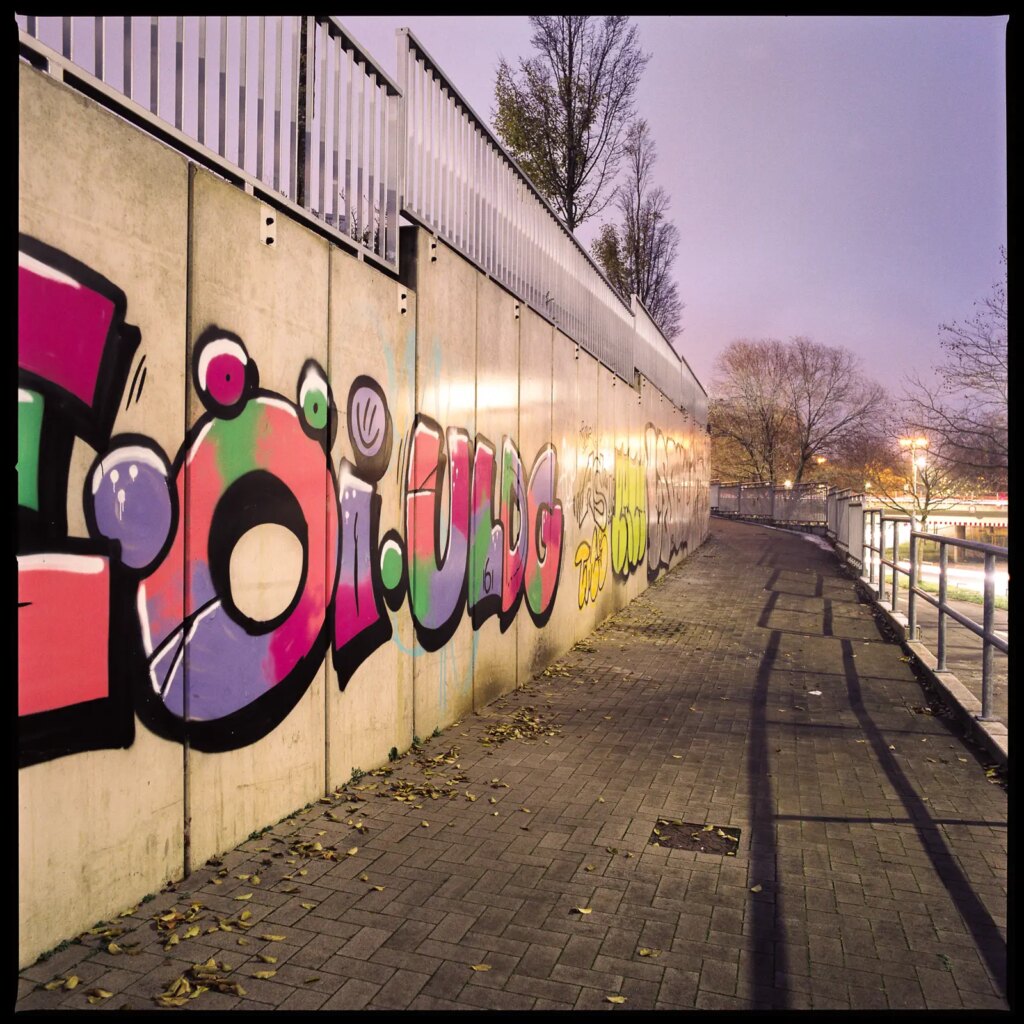
The Distagon 50mm f/4 in Use
In comparison to the standard 80mm lens, the Distagon adds considerably more bulk and weight to the camera body. Roughly 900 grams of metal and glass force the camera to tilt down with the lens first. Initially I had my difficulties with adjusting to this behavior, especially with the camera hanging around my neck. But you can get used to just about everything.
Setting the Focus
I own a rather ancient Hasselblad 500C body, which has a pretty dim focusing screen, unfortunately. Therefore, I struggled hard in nailing the focus with the regular 80mm lens at f/2.8 (read my report back from 2019 here). This proved to be so disappointing that I mothballed the 500C and forgot about it. So when I came up with the idea of trying out the 50mm, I thought: “Why not give the ol’ 500C another chance?” And indeed, the depth of field for the wide-angle lens is much larger than for the 80mm – achieving critical focus isn’t a big deal anymore. As I rather shoot objects up close, I set focus by scale most of the time. Convenient, isn’t it?
Adjusting Aperture and Speed
Aperture and speed are set by two rings on the Distagon 50mm f/4 lens barrel. They are coupled, meaning you can’t just change the settings independently – to uncouple the rings, you need a fair amount of dexterity. This modus operandi must have been great for the use under constant lighting conditions like in the studio: adjust one parameter and the other one changes accordingly. When outdoors, I find this feature rather cumbersome though. But with just 12 frames per film, I usually take my time – so this is not a big problem either.
Composing with the Distagon 50mm f/4
Okay, let’s now depart from the operational aspects of the lens towards the artistic ones! Where the wider formats like 6×9 or even more so the panoramics (6×12, 6×17) emphasize the width of a scene, 6×6 squares provide – obviously – a lot of foreground. So the best thing is to let this nature work for your benefit. Sometimes I like to put the camera close to the ground, to include also the blades of grass just in front of me. In employing this trick, the eyes are then guided to the distance. And in combination with some leading lines, the eyes are almost sucked into the frame. The Hasselblad is the perfect camera to apply this method. First, you see what the lens sees (SLR). Second, with the waist level finder there is no need for you to lay on the floor in order to get really low.
With a maximum aperture of at f/4 and the rather short focal length, the Distagon 50mm isn’t a “bokeh monster”. But if you get fairly close to your subject, you the lens will reward you with a decent medium format look. Point sources of light will produce noticeable flares as you can see in my sample images.
Looking for Subjects
With the 6×6 format, I generally prefer what I call “tangible objects” to photograph. Such an object could be a lone tree standing in the fields or a prominent tree in the forest, a car or a road sign. Something that is depicted as a whole, with no part cut off. Most of the time I place these objects horizontally centered within the frame. Square compositions benefit from a higher degree of symmetry, I think. By then shifting my subject vertically towards the top of the image, I can easily exaggerate the foreground.
From time to time, I feel also drawn to whole sceneries or overview-type of images as well – exceptions prove the rule. And also in this case it’s nice to get low and have lots of foreground. In doing so, you can stage the scene and break with the familiar impression from eye level. What I haven’t done yet – and don’t see me doing any time soon – are close-up work and formal portraits.
Jan Staller’s work from the 1980s
The American photographer Jan Staller created a great portrait of the “other” New York city, presented in his book Frontier New York and partly also in On Planet Earth. His images from the 1980s show many run-down places and industrial sites: the abandoned West Side Highway, railyards or the bridges over the Hudson river. I can’t get enough of these pictures, they have been an inspiration for some years now.
According to Staller’s technical notes in the Frontier’s foreword, he was favoring this very Distagon 50mm lens for this work. That is pretty interesting to know, I must say – it definitely gave me a little boost. Staller often composes his images with the camera leveled (no pointing upwards or downwards). I admire how he fills his foregrounds with objects (road markings, construction equipment, puddles etc.).
Sample Images
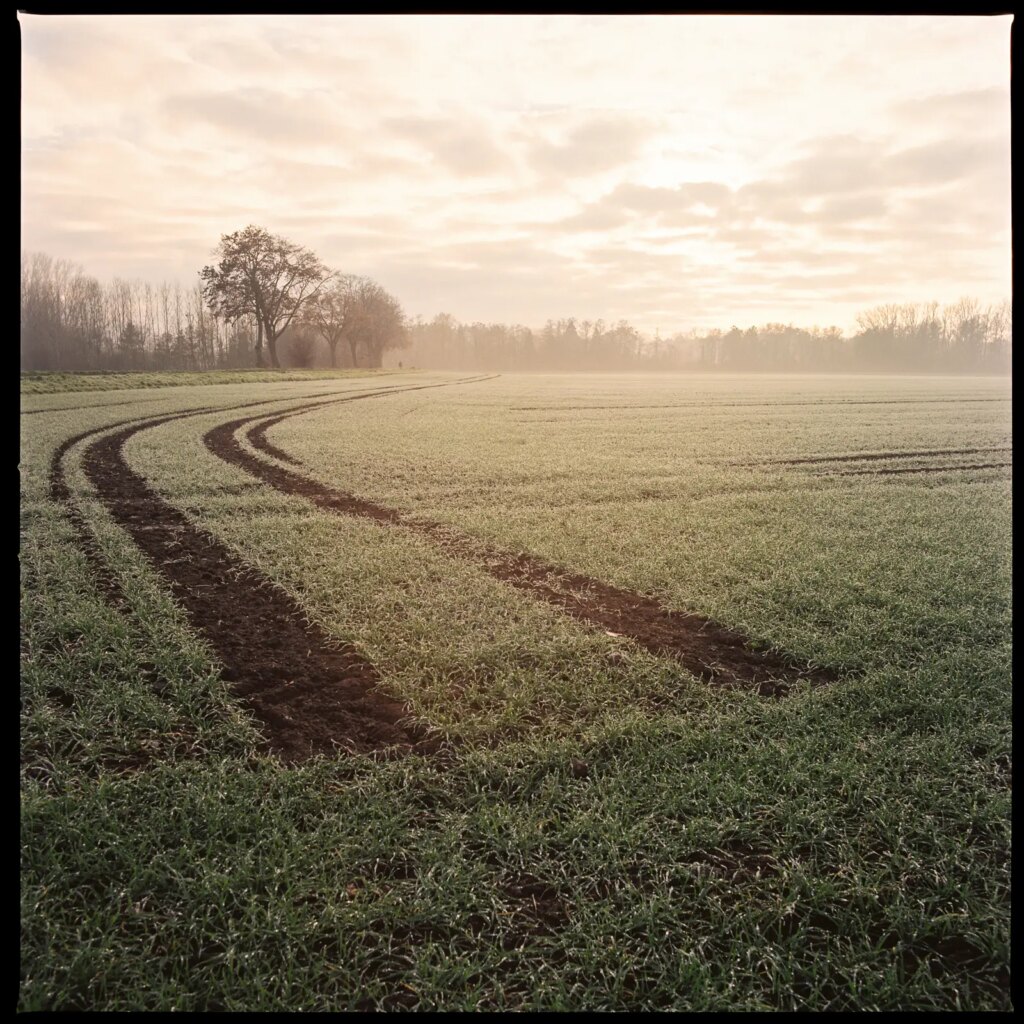
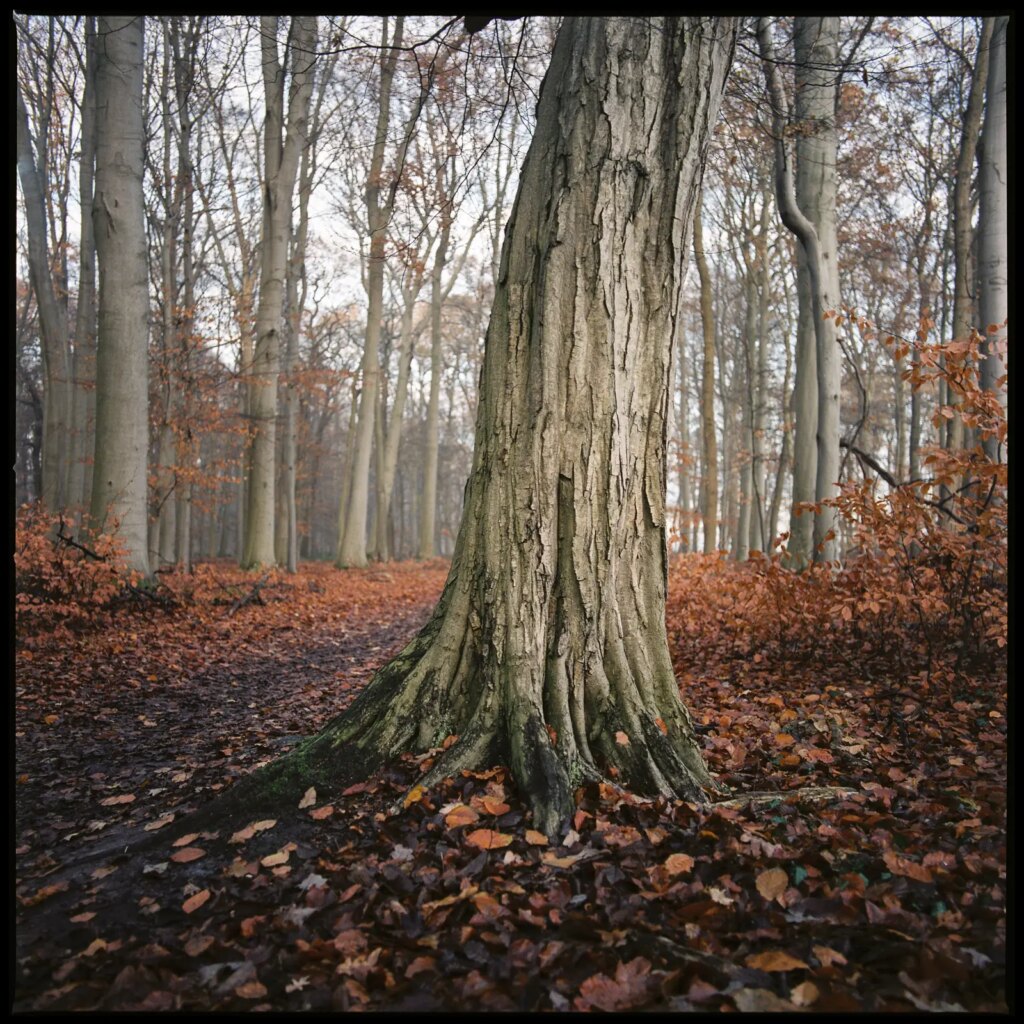
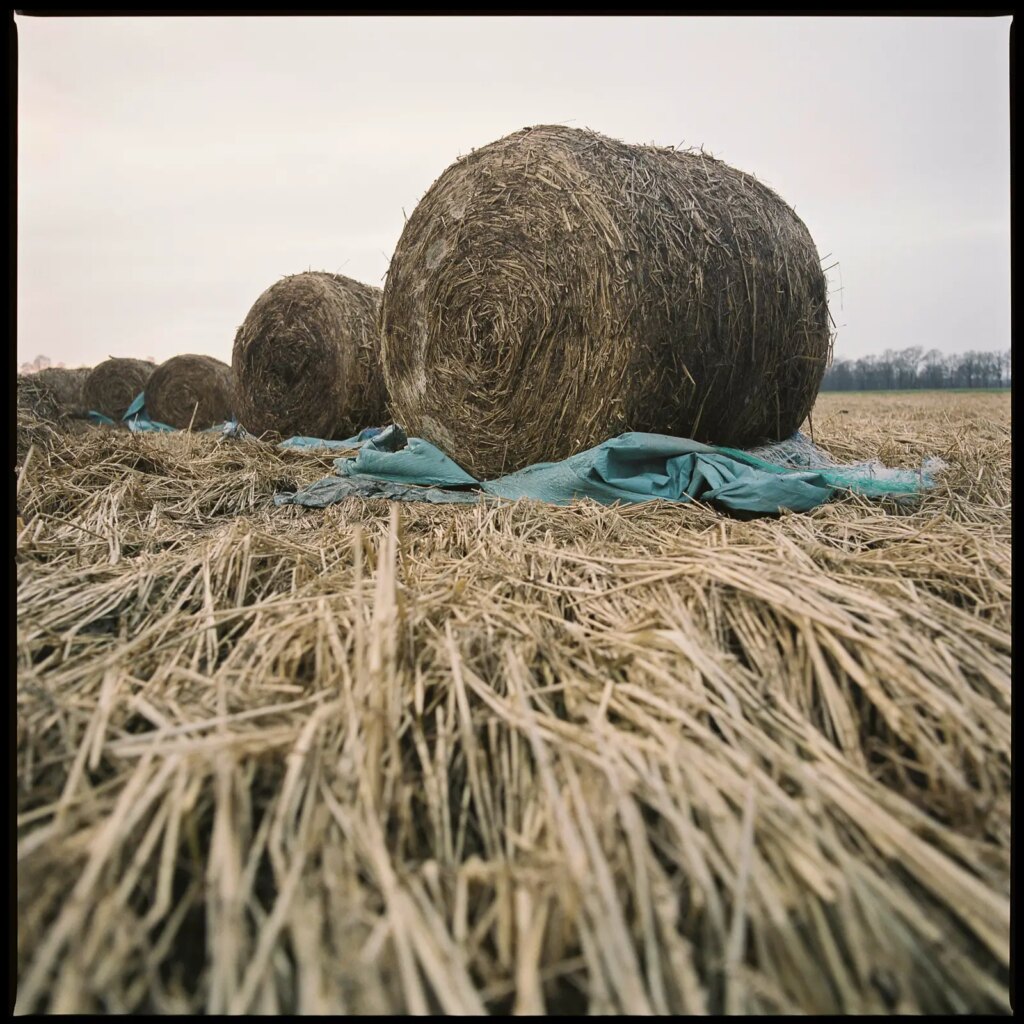
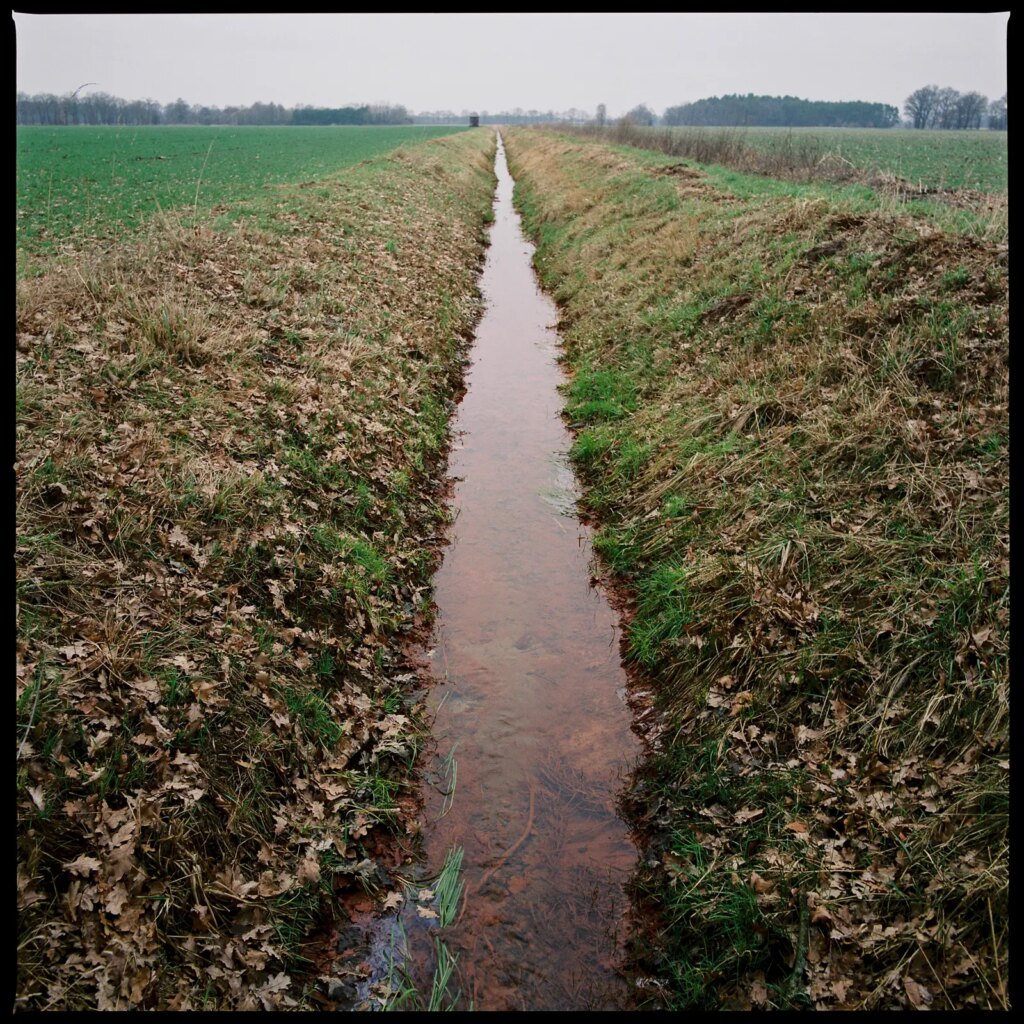
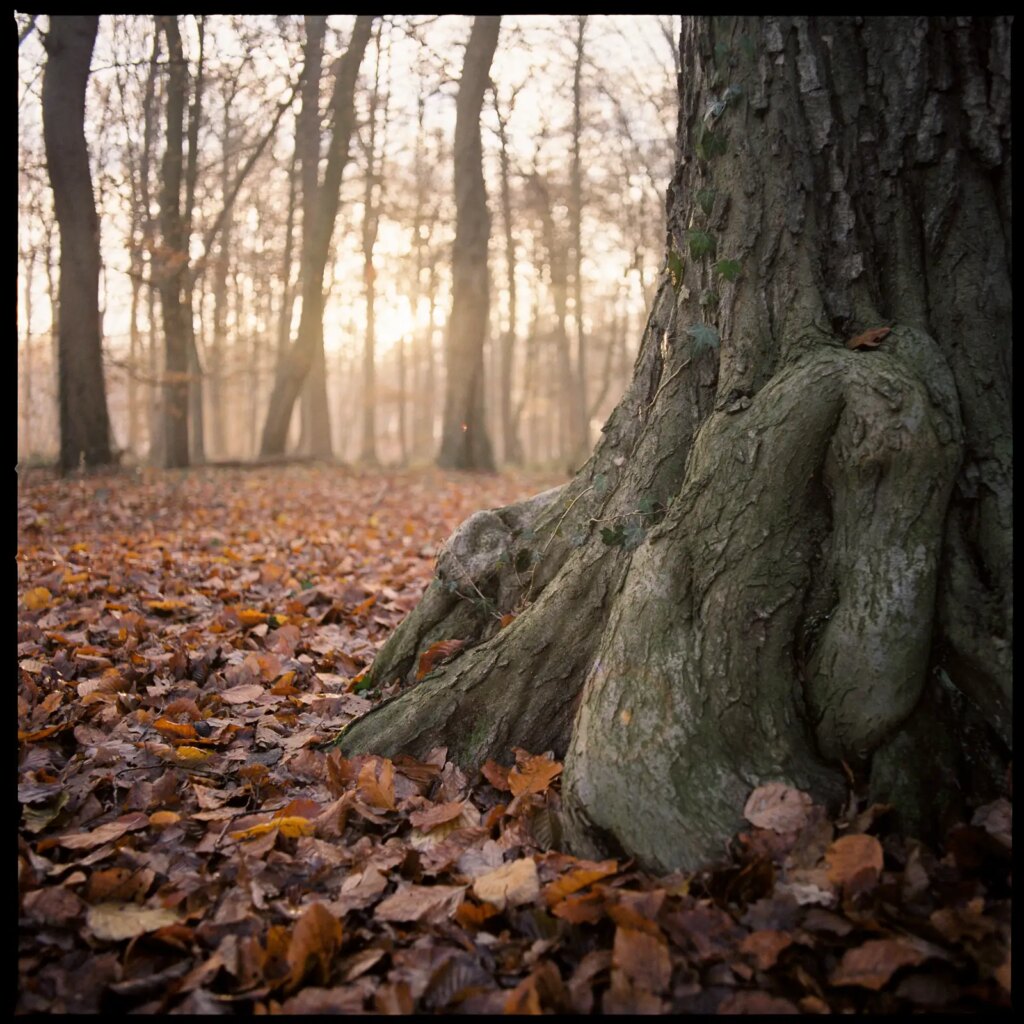
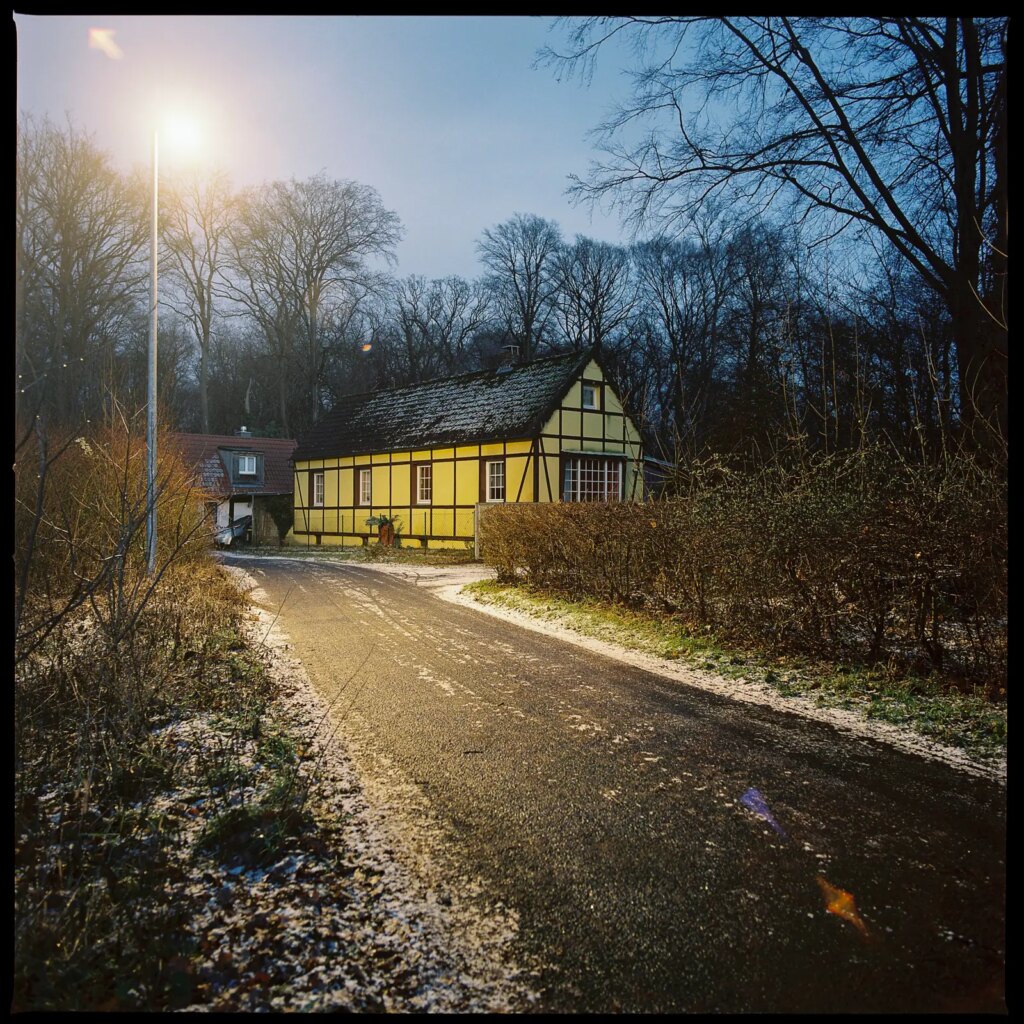
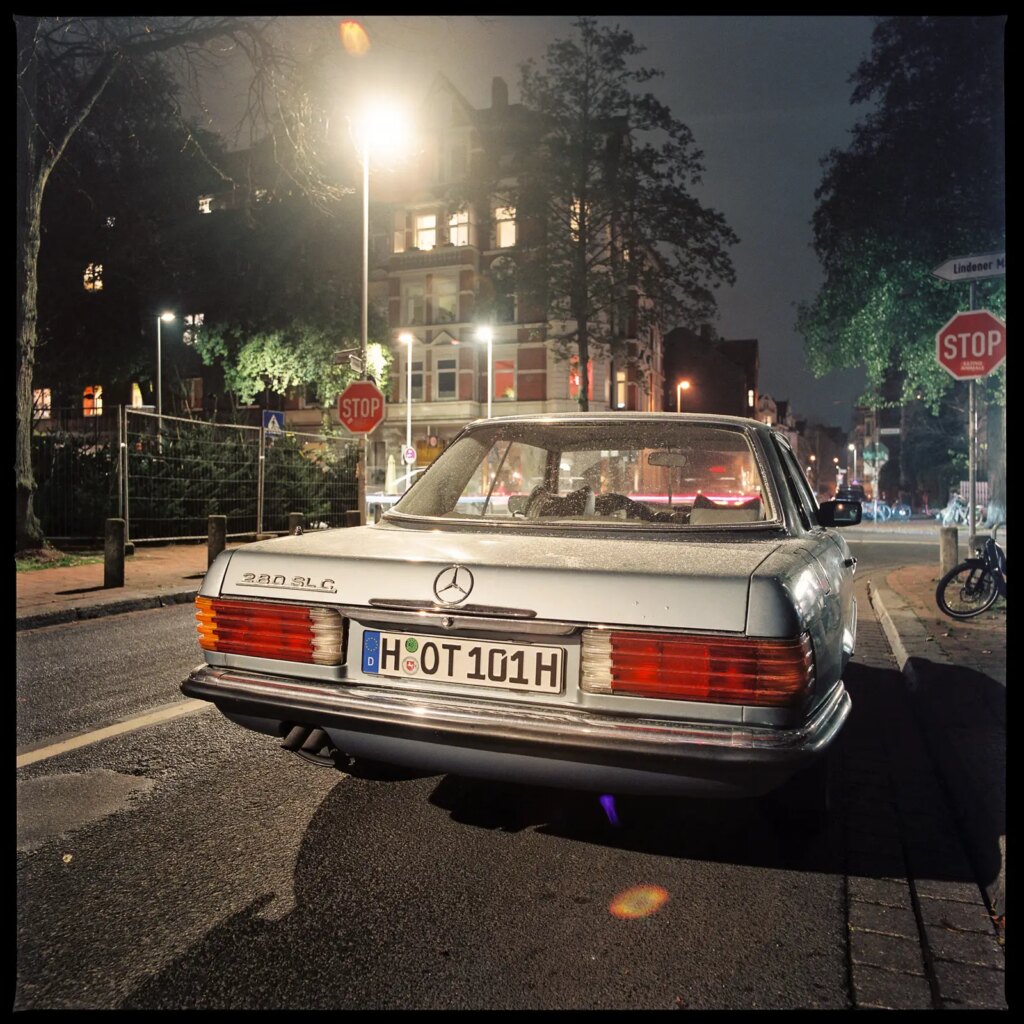
Final thoughts on the Hasselblad Distagon 50mm f/4
In my opinion, the classic Hasselblad Distagon 50mm f/4 is a fantastic piece of gear, which you can still find for a decent amount of money. If you shoot a Hasselblad and like wider fields of view, you probably own one already. If not, you should definitely consider getting one. Although ergonomics seem demanding at times, it opened up a whole new sphere of creative applications for me. After shooting a lot with my Rolleiflex and the 80mm focal length, the Distagon provides a refreshing departure from this look that is so typical for the 6×6 format.
Further reading
- a review of the classic Distagon 50mm over at Ken Rockwell’s page
- another review of the same lens at Addicted2light
- a post about the later Distagon 50mm FLE here on 35mmc
- the Hasselblad master guide at EM’s Emulsive, the part about the C and C* lenses
Share this post:
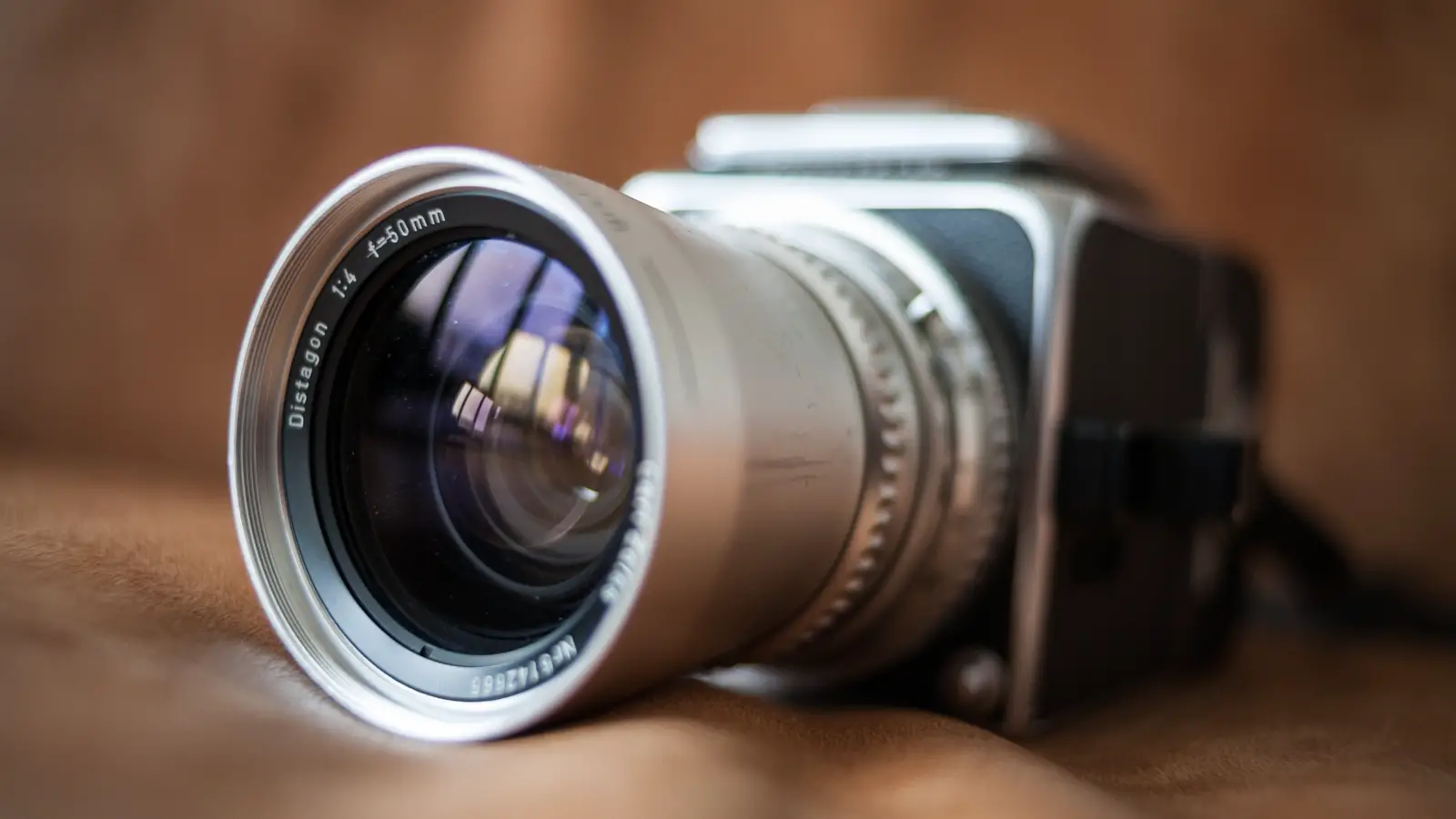








Comments
Guy Wheater on Hasselblad (Zeiss) Distagon 50mm f/4 Review
Comment posted: 21/04/2023
Comment posted: 21/04/2023
Ibraar Hussain on Hasselblad (Zeiss) Distagon 50mm f/4 Review
Comment posted: 21/04/2023
Lovely photos with so much character
I need me a hasselblad now!!
Steve Fretz on Hasselblad (Zeiss) Distagon 50mm f/4 Review
Comment posted: 21/04/2023
Erik Brammer on Hasselblad (Zeiss) Distagon 50mm f/4 Review
Comment posted: 21/04/2023
thank you very much for this article and your thoughts on composition using this lens. Absolutely great photography!
I thought I would stick to just one lens for my 500 C/M, quite obviously the 80/2.8.
I am afraid I now need to reconsider… :-)
Cheers,
Erik
Murray on Hasselblad (Zeiss) Distagon 50mm f/4 Review
Comment posted: 21/04/2023
The EXIF digital use of EV as a bracketing unit, while useful, confuses the original science/math.
OTOH, figuring out the math (once, or twice if necessary) behind EV=TV AV (Exposure Value, Time Value, Aperture Value) allows easy mental adjustment/compensation for things like the old 1-2-5 series shutter speed, slow shutter speed when you know the actual performance (say, you have a shutter 'CLA'ed' & the true speeds are reported back to as part of the expense), and lastly, for pinhole photography where the resulting handmade aperture has an f-stop somewhere between standard/familiar numbers.
In the same way you described the easy camera adjustment under constant lighting, that EV system allows one to 'transpose' a desired exposure setup to correct other offsets...like film ISO. For this purpose, the addition or subtraction of 'an EV' is the same as the digital camera purpose, whether you are correcting for an aperture, shutter speed or ISO offset.
But it's easy to make other mistakes (there are already plenty with manual exposure!), like compensating in the wrong direction (adding when you (I!) should have subtracted). I would put a pre-printed chart on a pinhole camera for my day's excursion with a weird f-# and film that wasn't ISO 100, and use a lightmeter. My fellow pinholers would say 'that's wrong! There are no rules! It's supposed to be guesstimation and randomness.
But exploring EV & APEX math is educational for photography (unless it takes the fun out).
Nice article, by the way :0)
Murray
commiebiker on Hasselblad (Zeiss) Distagon 50mm f/4 Review
Comment posted: 21/04/2023
Steven G on Hasselblad (Zeiss) Distagon 50mm f/4 Review
Comment posted: 21/04/2023
Simon Cygielski on Hasselblad (Zeiss) Distagon 50mm f/4 Review
Comment posted: 22/04/2023
Castelli Daniel on Hasselblad (Zeiss) Distagon 50mm f/4 Review
Comment posted: 23/04/2023
Alasdair J Mackintosh on Hasselblad (Zeiss) Distagon 50mm f/4 Review
Comment posted: 14/05/2023
Haiku on Hasselblad (Zeiss) Distagon 50mm f/4 Review
Comment posted: 15/05/2023
I have a 500c, too. In contrast I prefer an old f3,5 60mm C T lens which I've bought for 200 EUR in 2019. So I have a 500c (50 EUR for an old wlf in 2018), A12 (100 EUR in 2018) and a 60mm for roundabout 550,- EUR. It is a wonderful robust and light setup for urban landscapes and the occasional environmental portrait. Repairable and reliable. Highly recommended for the price conscious who loves to shoot sqaure a little bit wider.
Good light!